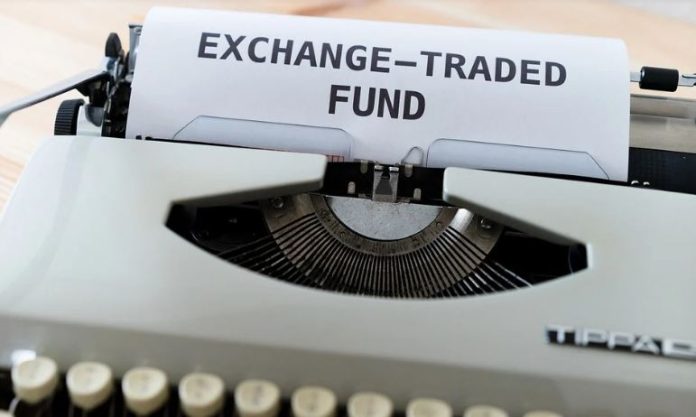In the investing world, ETFs (exchange-traded funds) are the latest and greatest. Although they have actually been around for more than ten years it is not until recently that the explosion of ETFs has occurred.
ETFs are a group of stocks that trade on the stock exchanges as if they are one stock. Generally in the past, they have tracked a particular index such as the Dow Jones Industrial Average or the NASDAQ-100.
Recently however they are forming ETFs that have a particular characteristic in common, invest in a particular region or sector of the market, or have a certain market capitalization.
There are many advantages to ETFs over open and closed mutual funds. They can have a low cost of obtaining since you are paying a commission just like when you purchase individual stocks.
If you use a discount brokerage you can purchase for 14.00 or less. The ongoing maintenance fees for an ETF are also minimal compared to actively managed mutual funds and in some cases lower than index mutual funds.
Because ETFs trade like stock they have liquidity. With a simple phone call you can buy or sell. ETFs are priced every 15 seconds and trade continually throughout the day.
This is different from mutual funds that are only bought and sold at the end of the trading day. Since the ETF will be held in a brokerage account is easily traded.
Tracking an index means less selling within the fund. This makes for a tax efficient fund. It is rare that an ETF declares a capital gain distribution. This means you determine when the taxes will be paid on the gain by choosing when you will sell.
Index and actively managed funds retain a portion of their investable assets in cash. This is used to pay someone who is selling their fund. Since ETFs trade like individual stocks on the open market there is no need to retain a portion in cash.
There is no room for style drift in an ETF. In an actively managed mutual fund, the fund can say it is a large cap fund, but may chase performance by investing in small or mid caps at times.
ETFs are required to maintain a 99% correlation with the index or basket of stocks that it represents.
Because ETFs trade like individual stocks you have the additional features of stock. ETFs can be sold short or on margin.
They can have limit buy and stop-loss orders for buying and selling. Put and call options can be purchased and sold using ETFs.
There are of course disadvantages to ETFs as well. They are not an appropriate investment to use with dollar-cost averaging.
If you have to pay a 10.00 fee each month when you make that 50 or 100 investment it can be difficult to make up that fee.
With the explosion of ETFs you have to watch what the fund is using as its underlying stocks. Sometimes it can be such a narrow focus that you really are not achieving diversification.
Due to the ease of trading you can get caught up in riskier strategies than you want. Short term trading and market timing can result in significant losses.
Buying and selling ETF puts and calls or buying on margin is speculating and is riskier than buying and holding.
ETFs make sense under the right circumstances. You can use a broad index ETF as a core holding.
This can be supplemented with targeted ETFs to provide weighting in a particular sector, region, or type of market capitalization. As always know what you are investing in and be sure that it fits into your portfolio.

